Archives
- 2025-11
- 2025-10
- 2025-09
- 2025-03
- 2025-02
- 2025-01
- 2024-12
- 2024-11
- 2024-10
- 2024-09
- 2024-08
- 2024-07
- 2024-06
- 2024-05
- 2024-04
- 2024-03
- 2024-02
- 2024-01
- 2023-12
- 2023-11
- 2023-10
- 2023-09
- 2023-08
- 2023-07
- 2023-06
- 2023-05
- 2023-04
- 2023-03
- 2023-02
- 2023-01
- 2022-12
- 2022-11
- 2022-10
- 2022-09
- 2022-08
- 2022-07
- 2022-06
- 2022-05
- 2022-04
- 2022-03
- 2022-02
- 2022-01
- 2021-12
- 2021-11
- 2021-10
- 2021-09
- 2021-08
- 2021-07
- 2021-06
- 2021-05
- 2021-04
- 2021-03
- 2021-02
- 2021-01
- 2020-12
- 2020-11
- 2020-10
- 2020-09
- 2020-08
- 2020-07
- 2020-06
- 2020-05
- 2020-04
- 2020-03
- 2020-02
- 2020-01
- 2019-12
- 2019-11
- 2019-10
- 2019-09
- 2019-08
- 2019-07
- 2019-06
- 2019-05
- 2019-04
- 2018-07
-
Previous attempts to minimize the contribution of the
2022-06-08
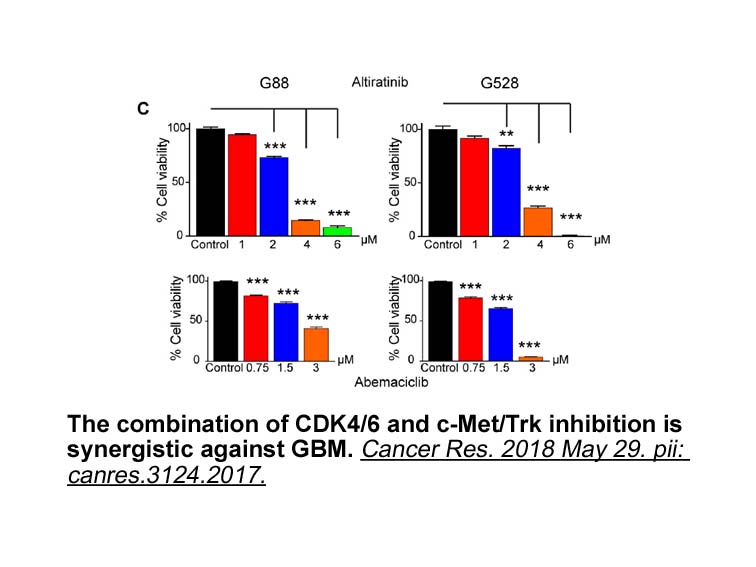
Previous attempts to minimize the contribution of the compensatory changes due to chronic loss of Gcgr, have used temporally-controlled reduction of glucagon levels by alpha-cell ablation, glucagon immunoneutralization, and the use of small molecule or antibody glucagon receptor antagonists [10], [3
-
NO has been shown to
2022-06-07
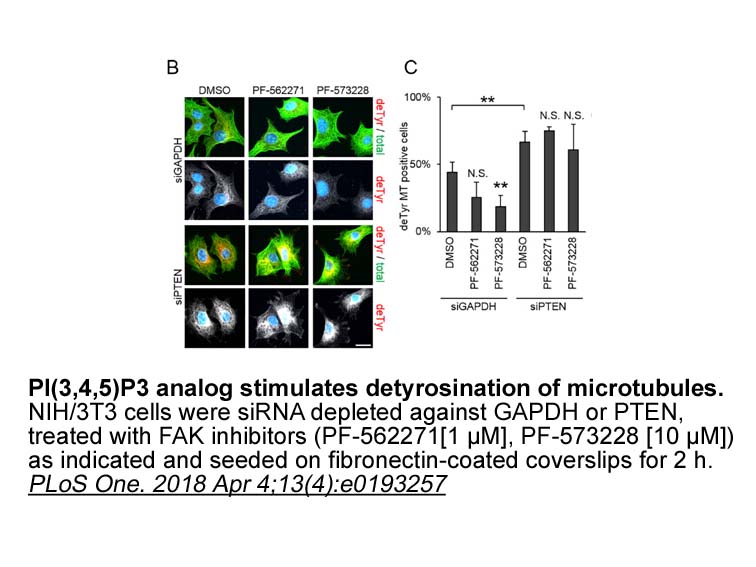
NO has been shown to be necessary for long-term potentiation (LTP) of GABAergic neurons in the amygdala (Lange et al., 2012), the hippocampus (Zhuo et al., 1993), the ventral tegmental area (VTA) (Nugent et al., 2009), and the spinal cord (Fenselau et al., 2011). NO is also known to increase GABA re
-
G quadruplex structures can be resolved by helicases Consist
2022-06-07
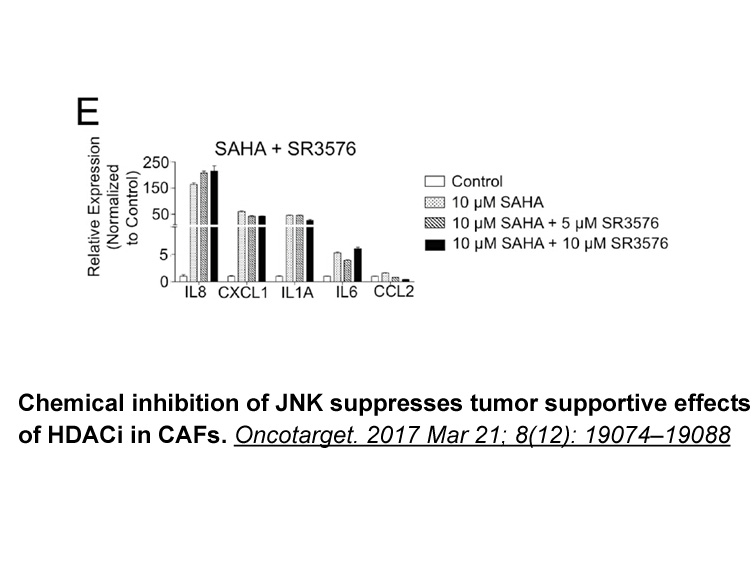
G-quadruplex structures can be resolved by helicases. Consistently, many helicases are aberrantly expressed in cancer 1145 [47]. In this study, we correlated HOXC10 expression with that of all helicases using a microarray dataset derived from 759 breast cancer patients [36] and discovered that CHD7
-
CC is a widespread disorder
2022-06-07
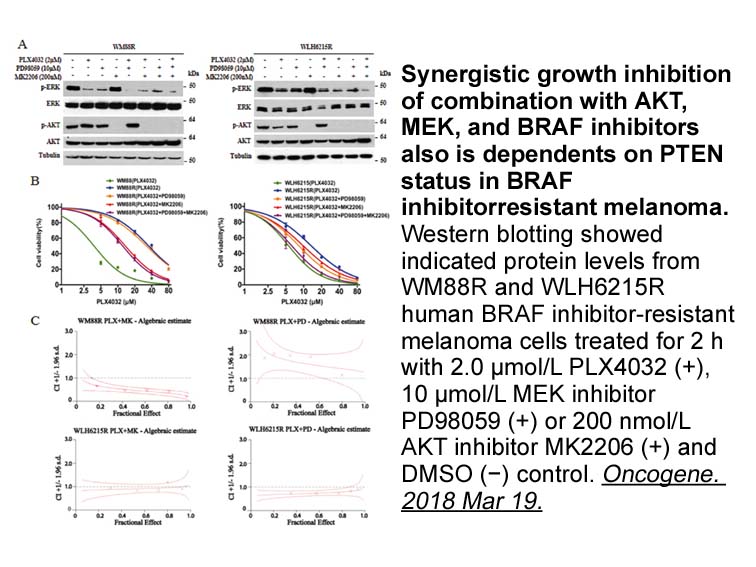
CC is a widespread disorder affecting up to 20% of people worldwide, which also deteriorates the quality of life of patients and causes a substantial economic burden to society. There are 3 categories of CC: normal-transit constipation, slow-transit constipation and defecatory or rectal evacuation d
-
Herein we report the discovery of AM AM
2022-06-07
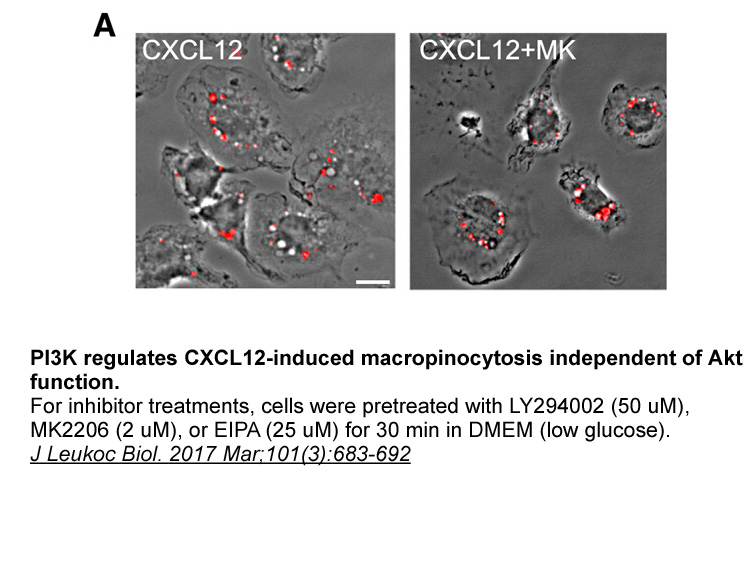
Herein, we report the discovery of AM-3189 (). AM-3189 maintains the in vivo efficacy of AMG 837 while displaying a superior pharmacokinetic profile and minimal CNS exposure. As we reported previously, activity on the GPR40 receptor varies significantly with substitution at the β-carbon relative to
-
br Materials and methods br Results br Discussion
2022-06-07

Materials and methods Results Discussion Several studies highlighted an improvement of glycaemic control in diabetic patients receiving sunitinib, while the underlying mechanism remained still elusive [3], [4], [5], [6], [8]. The present study gives evidence that sunitinib directly and spec
-
Chi square tests with significance set to
2022-06-07
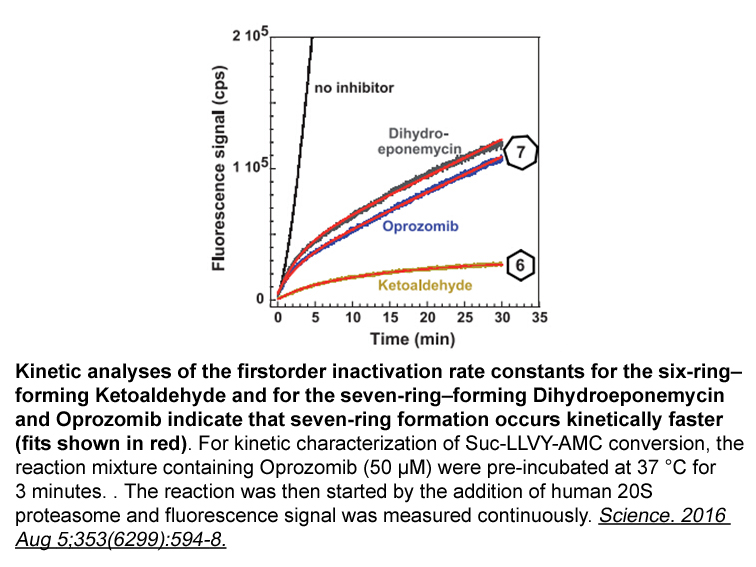
Chi-square tests with significance set to p Results There were 4090 hip fracture patients included in the study. 2326 of these received enoxaparin, 929 received XaI, and 835 received warfarin. The mean CCI for each group was 3 (Table 2). There were some significant differences in demographics betw
-
In addition to the regulation of
2022-06-07
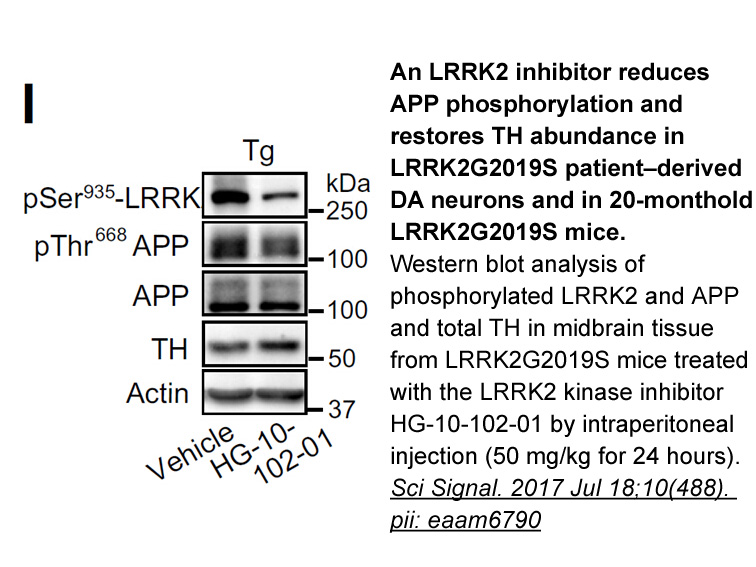
In addition to the regulation of SV exo- and Dihydrodaidzein by Ca2+ influx retrieval of SV membranes depends on the exocytic insertion of SV components into the presynaptic membrane: If exocytic SV fusion in neurons is abrogated by genetic inactivation of the core release machinery (e.g. knockout
-
Mercaptopurine br Materials and methods br Results br Discus
2022-06-07
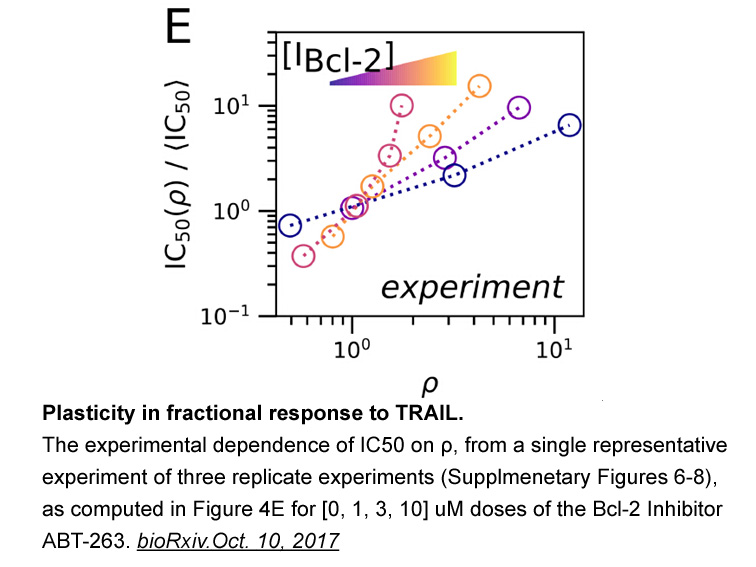
Materials and methods Results Discussion Several histamine H3 receptor antagonists have progressed into clinical development for indications including Alzheimer's disease, schizophrenia, pain and narcolepsy. Each of the compounds studied herein has been extensively characterized in its own
-
Sonidegib is currently under investigation for
2022-06-07

Sonidegib is currently under investigation for the treatment of relapsed/refractory acute leukemia (NCT01826214) [76]. All patients experienced at least 1 AE, including anemia, diarrhea, fatigue, nausea, muscle spasms, decreased appetite, and blood creatine phosphokinase increased. The ongoing phas
-
Considering that TGF plays a pivotal role in inflammation re
2022-06-07
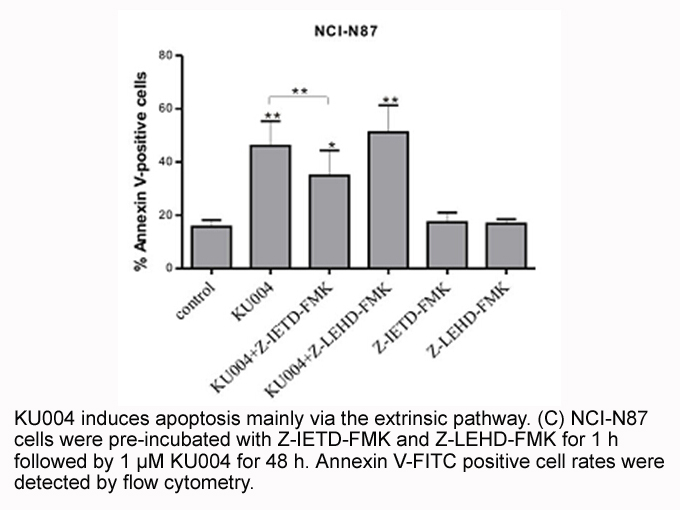
Considering that TGF-β1 plays a pivotal role in inflammation, renal fibrosis, cell growth, differentiation, and apoptosis, it has been viewed as a vital mediator in kidney disease [49,50]. Studies have demonstrated that TGF-β1 is upregulated in both human and experimental kidney diseases [51,52]. TG
-
The molecular mechanisms underlying spindle orientation are
2022-06-07
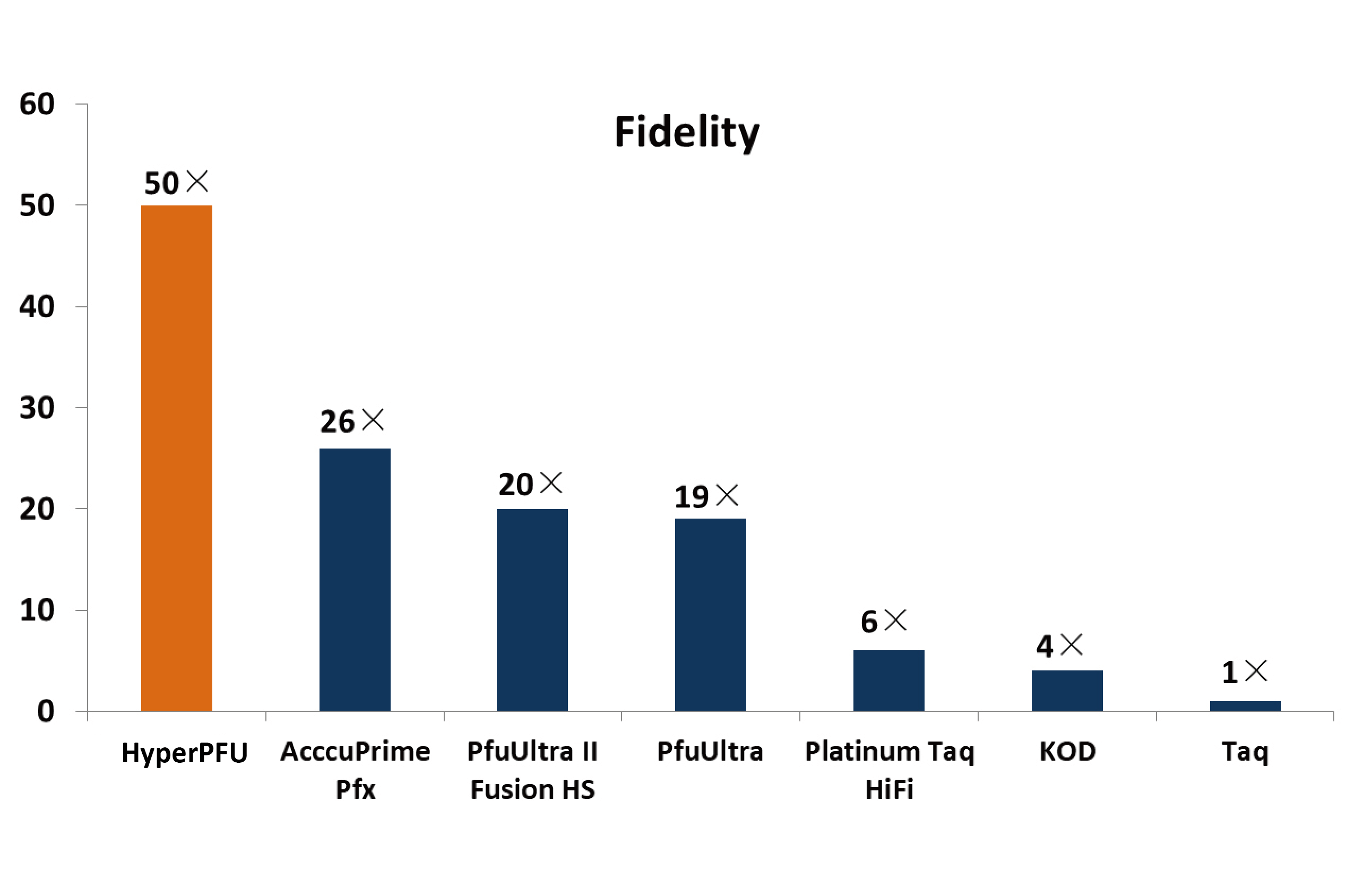
The molecular mechanisms underlying spindle orientation are still largely unknown. Budding yeast has been used to study spindle positioning and asymmetric cell division. Indeed, after cytokinesis, daughter cells have different sizes. The cell division plane is established early in the cell cycle and
-
Organisms can adapt to increasing ROS production by up
2022-06-07
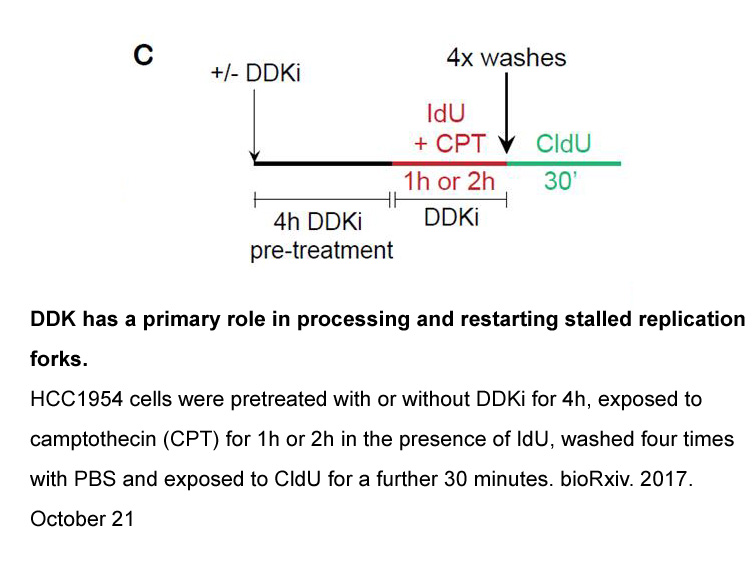
Organisms can adapt to increasing ROS production by up-regulating antioxidant defences, such as the activities of antioxidant enzymes (Livingstone, 2003). Failure of antioxidant defences to detoxify excess ROS production can lead to significant oxidative damage including enzyme inactivation, protein
-
A nitric oxide donor glyceryl
2022-06-07
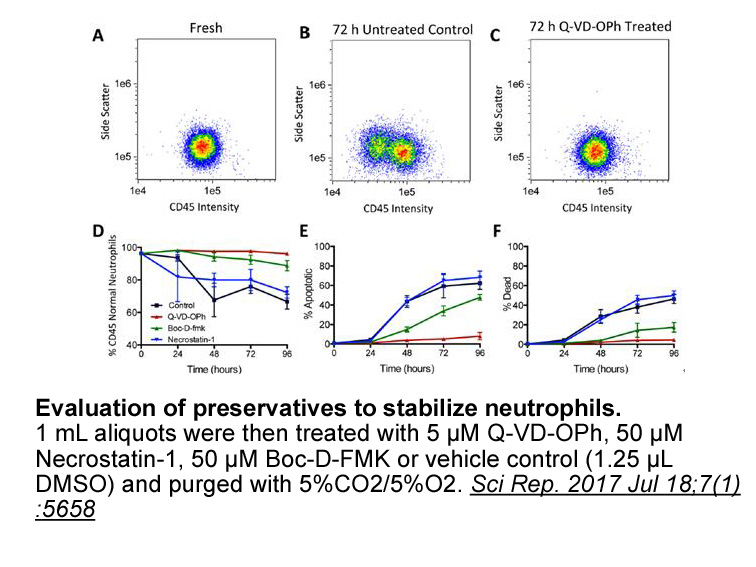
A nitric oxide donor, glyceryl-trinitrite, and the substrate for nitric oxide, l-arginine, have been used to treat preterm labor. However, these studies are preliminary. The beneficial effect of nitric oxide donors needs to be confirmed by more controlled studies. The probable pitfall of using nitri
-
Some biguanides can cross the mitochondrial membrane and
2022-06-07
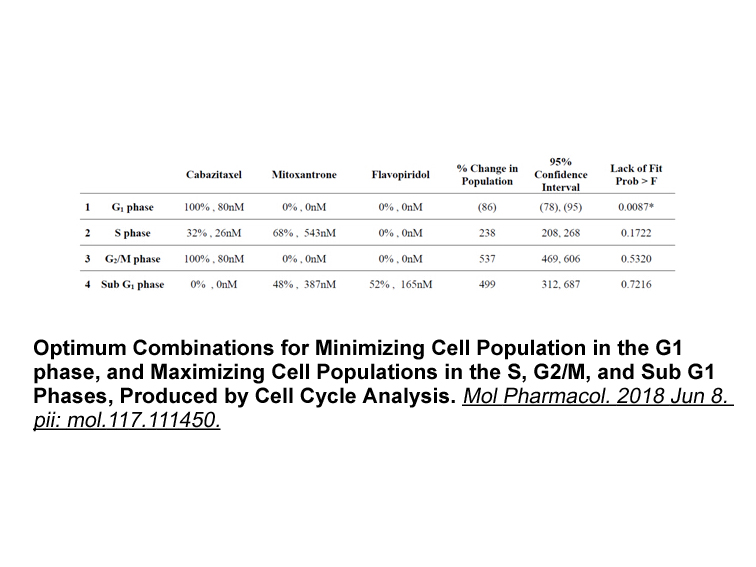
Some biguanides can cross the mitochondrial membrane and increase L-lactate formation by inhibiting oxidative bv8 [34]. On the other hand, it has also been reported that levels of fasting plasma lactate in T2DM patients are similar regardless of whether or not metformin is administered [35] and that
15606 records 418/1041 page Previous Next First page 上5页 416417418419420 下5页 Last page